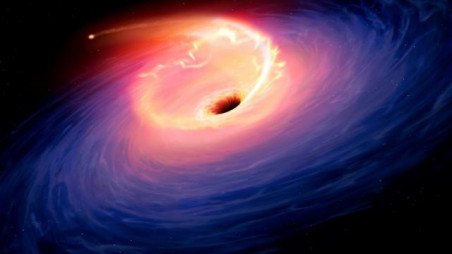Astronomers discover mysterious star flashing signals at Earth every 44 minutes
It is located in the Milky Way galaxy about 15,000 light-years from Earth in the direction of the constellation Scutum, flashing every 44 minutes in both radio waves and X-ray emissions







